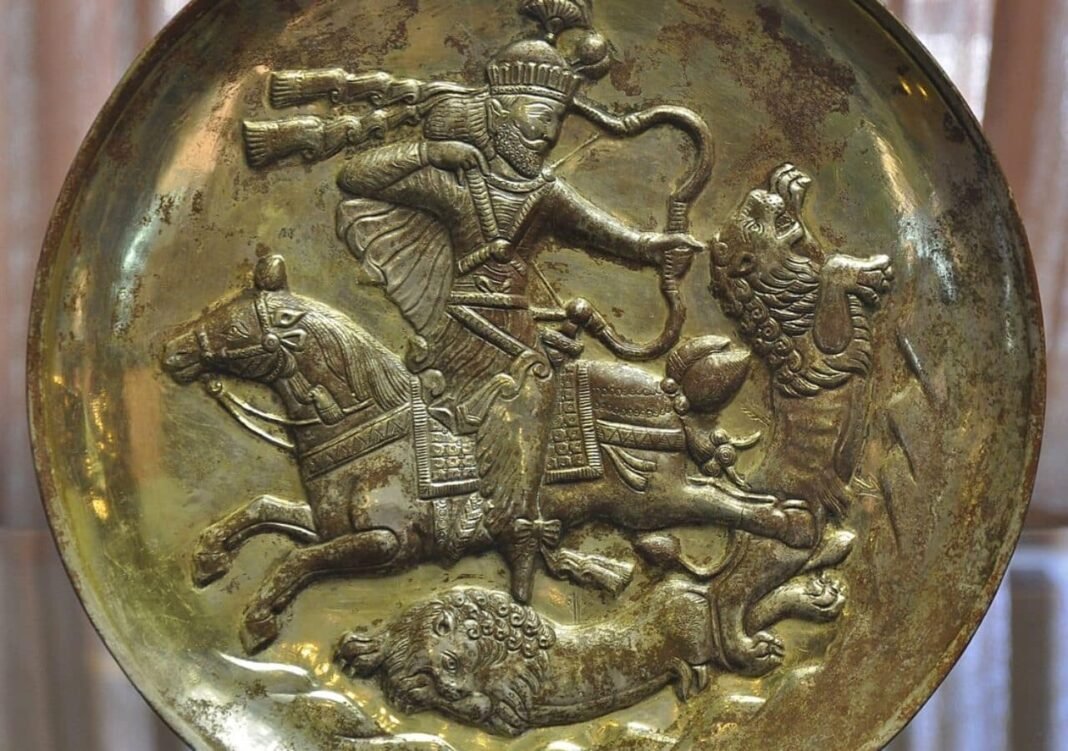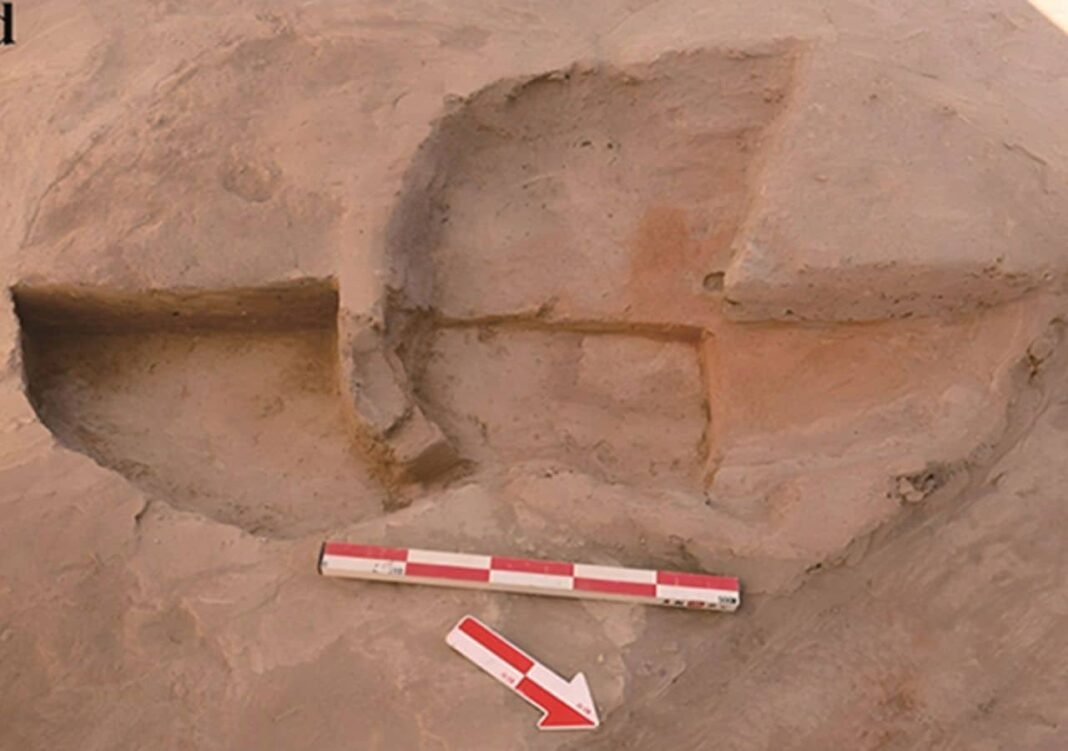
Archaeologists have uncovered a needle-carved rock image believed to depict a Persian king from the Sasanian era, carved into the cliffs of Istakhr in southern Iran.
The figure, marked by a crown and surrounded by symbols such as a moon, star, and ornate diadem, adds to the growing evidence of Sasanian royal presence in the region.
Abolhassan Atabaki, an archaeologist and historian, said the design elements closely mirror those seen in crowns of late Sasanian rulers.
He pointed to similarities found in known rock reliefs, metal artifacts, and coins, suggesting the newly found image follows established patterns of royal representation from that period.
A stunning rock image of a Persian king has been uncovered in the ancient city of Istakhr, Iran. Experts say it reflects Sasanian royal art and power. Another piece of history carved in stone. 🇮🇷🗿 #Archaeology #Iran #Sasanian #History #Istakhr #Persepolis pic.twitter.com/nMpjw4Q8kt
— Tom Marvolo Riddle (@tom_riddle2025) November 13, 2025
Royal art and historical records support identification
The discovery reinforces Istakhr’s significance as a center of Sasanian authority and artistic tradition. Historian Najmeh Ebrahimi emphasized that the carving fits within the broader practice of royal portraiture in Sasanian art.
She referenced a 10th-century account by Al-Masudi, which described a manuscript found in Istakhr featuring illustrations of Sasanian kings. Ebrahimi said the carving reflects similar stylistic features, particularly those found in early needle engravings from the Persepolis area.
Ebrahimi also noted that the Marvdasht Plain, where Istakhr is located, holds nearly 90 percent of all known Sasanian rock reliefs depicting royal figures.
She said despite such a rich archaeological landscape, many valuable artifacts remain unexplored or have yet to undergo detailed scientific analysis.
Rock image discovery highlights Persian king’s legacy
The site of the carving, Istakhr, once served as a royal residence for the Sasanian kings. The ancient city sits near Persepolis and contains remnants of grand palaces, fortifications, and temples. The area’s proximity to Naqsh-e Rostam, where Achaemenid royal tombs are located, further adds to its historical importance.
Istakhr rose to prominence in 224 CE when Ardashir, a Persian nobleman, overthrew Artabanus IV, the final ruler of the Parthian Empire. Following his victory, Ardashir made Istakhr one of his main seats of power, helping to root the Sasanian dynasty in the legacy of earlier Persian empires.
Construction practices in the city often involved repurposing architectural elements from the ruins of Persepolis. According to records from the Oriental Institute of the University of Chicago, 10th-century geographer Istakhri noted that homes in Istakhr varied in materials, with clay, stone, or plaster used depending on the owner’s wealth.
The discovery adds a significant piece to the understanding of how Sasanian rulers projected power through rock imagery and public art.


